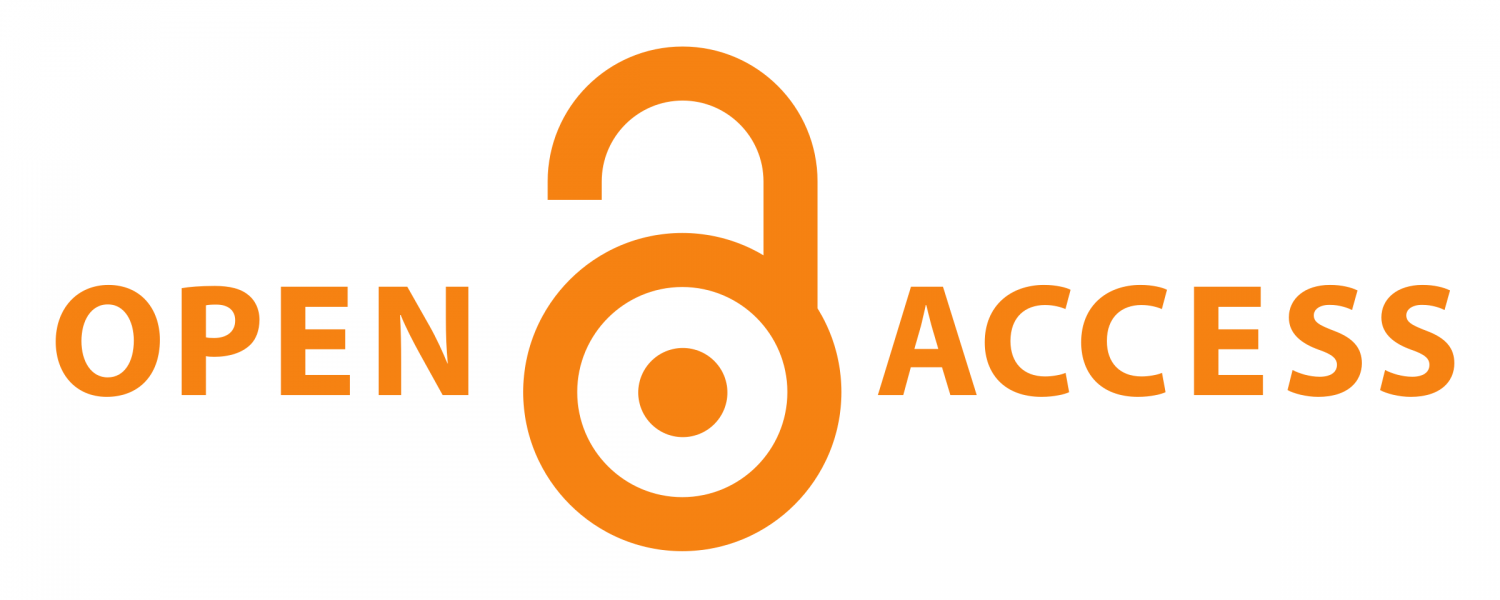The Research Comparison Between the Consonants of Bahasa Indonesia and Chinese Mandarin
##doi.readerDisplayName##:
https://doi.org/10.20961/mandarinable.v1i1.322关键词:
Bahasa Indonesia, Chinese Language, Consonants, Comparison摘要
Indonesian Students face a lot of difficulties when learning Chinese Mandarin, it is very common that them to mispronounce the consonants of Chinese Mandarin. There are not a lot of Indonesian Students who can pronounce Chinese Mandarin consonants accurately. Phonetics teaching is a very important part of learning other languages. Bahasa Indonesia is classified as “The Family of Austronesian Language”, and Chinese Mandarin is classified as Sino-Tibetan Language System. Although they have a different language systems, the two languages have a lot of similarities and differences in every aspect of it. If we look at the consonants of Bahasa Indonesia and Chinese Mandarin, Bahasa Indonesia has 23 consonants, and Chinese Mandarin has 22 consonants. These 2 kinds of languages have similarities and different points of the pronunciation and pronunciation methods.
参考
Departemen Pendidikan dan Kebudayaan, Tata Bahasa Baku Bahasa, Balai Pustaka, Indonesia, Jakarta, Indonesia (1988).
Gorys Keraf, Tata Bahasa Indonesia, Nusa Indah, Ende-Flores, Indonesia (1980).
HUANG Borong,LIAO Xudong, 现代汉语 (Xiàndài Hànyǔ), Gāoděng Jiàoyù Chūbǎnshè, Beijing, China,6 (2017).
HU Jicheng, 现代汉语基础 (Xiàndài Hànyǔ jīchǔ), Běijīng Dàxué Chūbǎnshè, Beijing, China, 7 (2015).
Hasan Alwi, Tata Bahasa Baku Bahasa Indonesia, Balai Pustaka, 54-55, 3, Jakarta, Indonesia (2003).
##submission.downloads##
已出版
期次
栏目
##submission.license##
This is an open-access journal in accordance with the Creative Commons Attribution 4.0 International (CC BY 4.0) license. This permits users to:
Share — copy and redistribute the material in any medium or format
Adapt — remix, transform, and build upon the material
for any purpose, even commercially.
Under the following terms:
Attribution — You must give appropriate credit, provide a link to the license, and indicate if changes were made. You may do so in any reasonable manner, but not in any way that suggests the licensor endorses you or your use.
No additional restrictions — You may not apply legal terms or technological measures that legally restrict others from doing anything the license permits.












